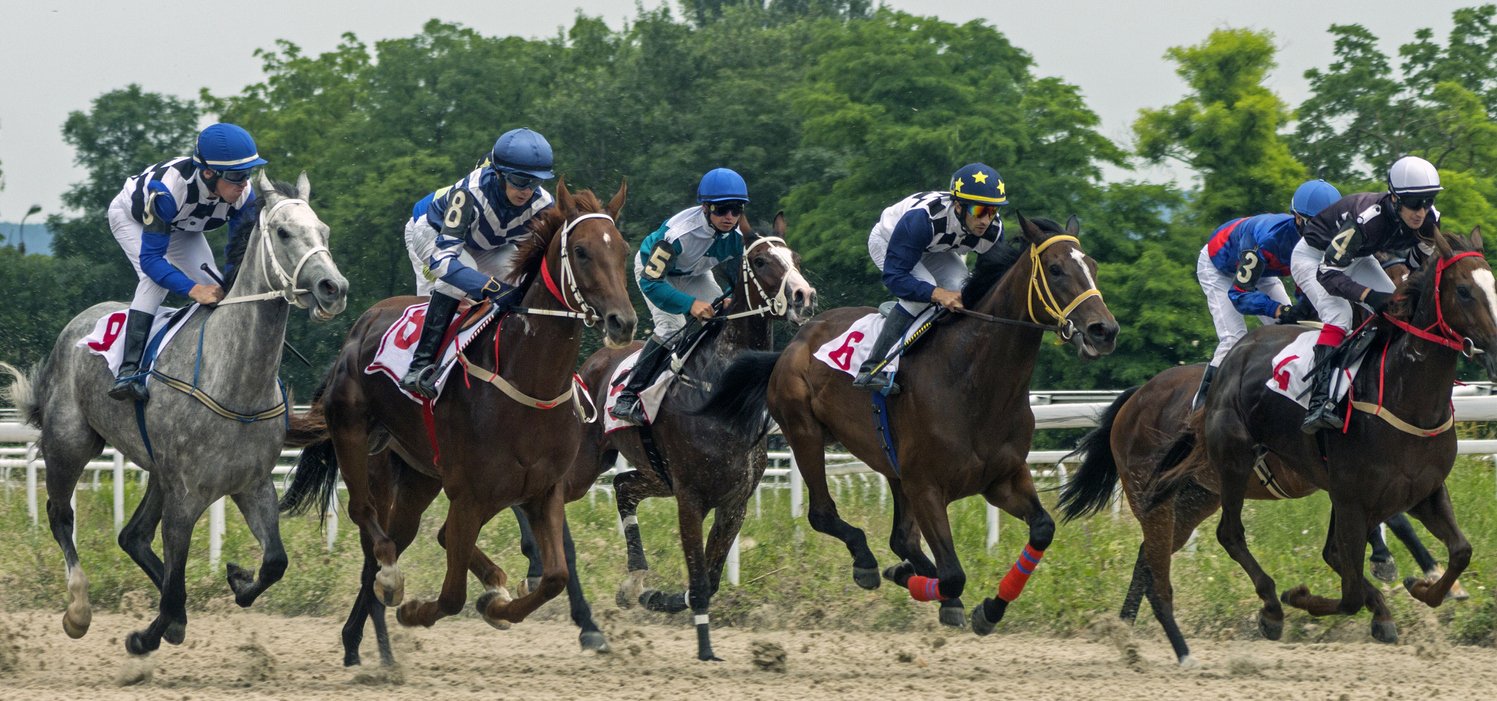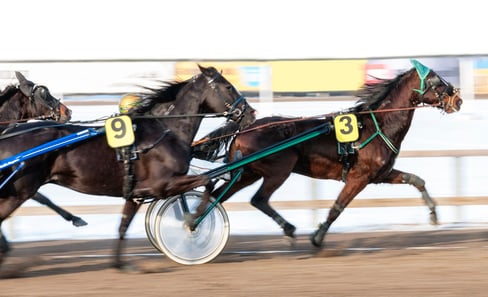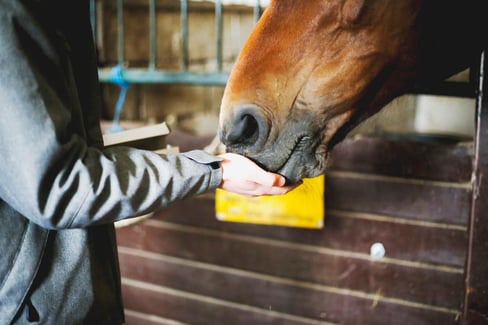Table of Contents
Ah, the joys of horse racing. You’ve loved watching it on TV as a kid, and you’ve been riding horses forever.
And lately, you’ve been wondering if you could improve upon or start Quarter Horse racing…
But you know you can’t do that until you’ve done some thorough research. It can feel overwhelming at first, but a strong foundation of knowledge is key to winning races down the line.
Well, you’re in luck. We’ve got some key information in-store on Quarter Horse racing, from facts about quarter horses to best practices to help you prepare for your first race. We even have a Q&A section at the very end in case you happen to have any lingering questions!
So with all that preparation, you’ll be able to make an impression on the track before you know it.
Ready to get racing? Then let’s hoof it through this article!
What Is Quarter Horse Racing?
If you’re reading this post, chances are you already know at least a bit about Quarter Horse racing.
But in case you’re looking to learn more, we’ll share a few details about this form of racing.
First and foremost, you should know that Quarter Horse racing started all the way back in the 1940s. Originally, the track was always a quarter-mile long, hence the name.
Now though, races can be a variety of lengths, as shown in the table below.
| Race Type | Possible Lengths |
| Short Sprints |
|
| Long Sprints |
|
| Distance Races |
|
You’ll note that even the distance races are still relatively short, with the longest race being 1,000 yards. Races generally take place on a straightaway track, though there may be up to one turn in longer races.
And, as you might imagine, Quarter Horses are used for Quarter Horse racing because of their immense speed, especially at short distances.
7 Quarter Horse Fun Facts
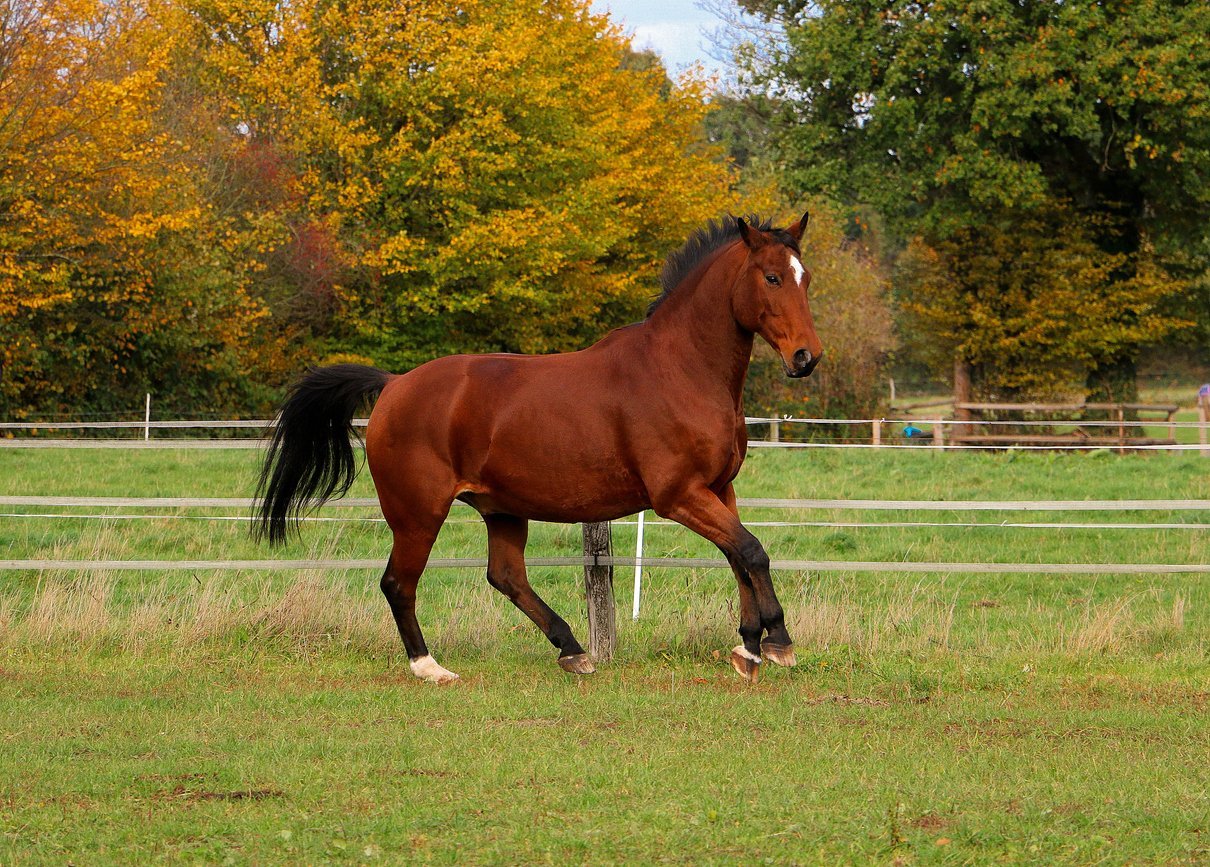
We’d be remiss if we didn’t supply you with some Quarter Horse facts you may or may not know. We want you to know as much about your racehorse as possible… Plus, it never hurts to have a few fun facts in your back pocket for trivia night!
1. Quarter Mile
Okay.
What we’re about to tell you as our first fact may shock you. Or not…
But the Quarter Horse gets its name from the Quarter Mile.
(Hopefully, that didn’t actually shock you, because it’s not all that surprising!)
While quarter horses run various race lengths, initially they were raced in quarter-mile length races. Due to their speed and how well they performed in these races, they took on the name of the race.
2. Bloodline
There are some pretty special horses in the Quarter Horse bloodline.
In fact, most Quarter Horses share a few common ancestors due to their breed excellence and race prowess.
For example, it is thought that most Quarter Horses share the bloodline of iconic horse Peter McCue, who some say is the Greatest of the Great.
And a few other notable Quarter Horse bloodlines are listed below:
- Old Sorrel
- Playgun
- Driftwood
3. Color
Quarter Horses come in a wide variety of colours, with sorrel (a deep red colour) and chestnut being the most common.
In fact, the AQHA formally recognizes 17 Quarter Horse colours in total, including:
- Black
- White
- Perlino
- Palomino…
Wait… what the heck is the AQHA? You’re about to find out.
4. AQHA
The AQHA, which stands for American Quarter Horse Association, is an incredibly important group when it comes to Quarter Horse racing.
That’s because this organization tries to register every single American Quarter Horse that’s ever existed. So whenever a new Quarter Horse is born, it is registered with the AQHA.
And despite having “American” in the title and being based in Texas, this is an international organization, so you can register your horse no matter where you live.
5. Horse Registrations
Some say the American Quarter Horse is the most popular breed in the world.
And since the American Quarter Horse Association has registered over 6 million American Quarter Horses (with 67,653 registered in 2020), that’s not too hard to believe!
6. Types
There are three types of American Quarter Horse.
- Bulldog
- Halter
- Thoroughbred
As you can imagine from the name, the bulldog type of American Quarter Horse is especially muscular, while the Thoroughbred is leaner, and the Halter falls in between the two.
But make no mistake: each of these horses is great at Quarter horse racing.
7. Price
The American Quarter Horses come at a premium. You can expect to pay between $2,500 and $10,000 for one of these beautiful creatures.
And if you’re wanting to spring for a stallion? Better save up.
They can cost you upwards of $100,000 or more. Don’t even get me started on elite bloodlines. The most expensive horse of all time, a Thoroughbred named Fusaichi Pegasus, sold at a grand total of $70 million. And at one time the British champion, Frankel, was valued at over $100 million dollars.
Pre-Racing “Ingredients” to Consider
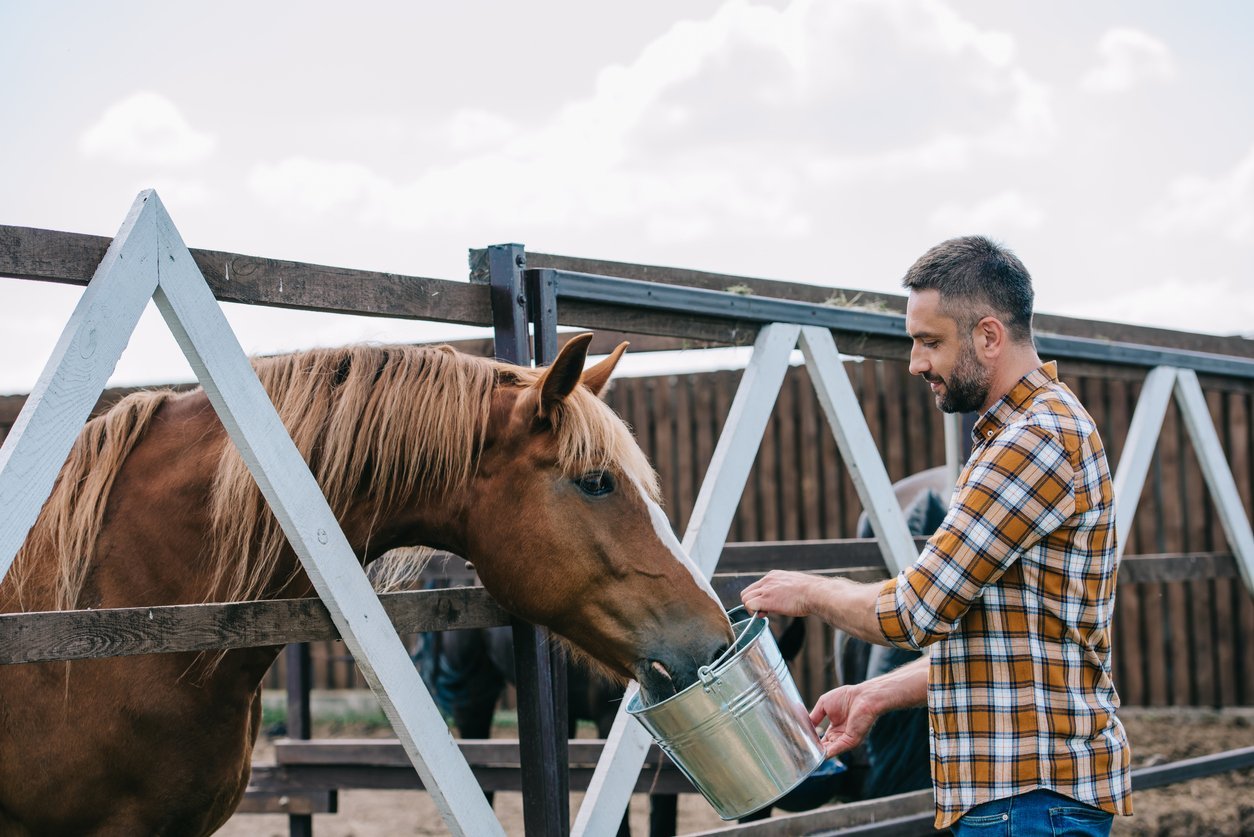
Before you sprint off to the races, there are five important pre-racing things to consider, like ensuring you have the right horseshoes and that you’re providing your horse with proper nutrition.
Read below to learn some key Quarter Horse racing information.
Shoeing
You’re probably well aware of the importance of shoeing, as they’re vital to protecting your horse’s feet. Horseshoes help prevent injuries, as well as assist with balance.
Just like with any other horse, American Quarter Horses must use horseshoes on their feet due to the level of stress placed on their feet during races.
But the shoes used for Quarter Horse racing may not be the same as the shoes you’d put on your domestic horse.
That’s because racehorses need lighter shoes, often made of aluminum, to allow them to run as quickly as possible without being weighed down.
Plus, they need to have extra traction so they don’t accidentally slip while making a turn.
Your farrier will do a hoof trimming every month or so before putting new shoes on your American Quarter Horse.
And if your horse happens to suffer from an unfortunate injury, the farrier can even use corrective shoes that are specifically modified to help compensate for injuries.
Nutrition
You do want to win races, right?
Well, maintaining proper horse nutrition is an important first step towards winning at American Quarter Horse racing.
A well-balanced diet provides your horse with plenty of energy so that he can train and race effectively.
As part of a balanced diet, your American Quarter Horse should have access to plenty of fresh forage. Additionally, you may consider adding some grains to your horse’s diet as an additional energy source.
Just remember that too much grain isn’t good for your horse and can lead to colic. Oats are a good option for grain due to their high fiber content, which makes it less likely your horse will experience colic.
And, due to your horse’s high levels of activity, you should ensure he always has access to plenty of water. Additionally, you can provide your American Quarter Horse with a salt lick to help replenish all those electrolytes lost through sweat.
Yet another great way to ensure your horse can race at maximum capacity is to use a horse supplement. We’ll talk about that next.
Equine Supplements
If you want to take your Quarter Horse racing to the next level (and who wouldn’t?), then you really need to consider a supplement.
Supplements are anything you feed to your horse outside of his normal feed.
This might mean you feed your horse a vitamin and mineral supplement if he has a deficiency, or an equine joint supplement to promote healthy joints and faster recovery.
Generally, you don’t need to feed your horse a vitamin unless he’s deficient. In fact, it can be toxic to feed your horse too much of certain vitamins or mineral supplements, so you should always check with your equine vet before doing so.
And if you’re exploring the possibility of feeding your horse a joint supplement, check out the table below to see the active ingredients you don’t want to miss out on:
| Active Ingredient | Usage |
| Glucosamine | Repairs damaged cartilage |
| Chondroitin | Prevents cartilage from deteriorating |
| MSM | An antioxidant that reduces pain and inflammation |
| Hyaluronic Acid | A key component of synovial fluid, which lubricates joints |
These ingredients are vital to maintaining cartilage health, which is significant because the deterioration of cartilage can lead to unpleasant conditions like arthritis.
And the symptoms of arthritis, from stiffness to pain and inflammation, means the end of your Quarter Horse racing career.
Finally, when you’re reading supplement labels, be on the lookout for prohibited substances, especially since you plan on racing your Quarter Horse. Some supplements contain ingredients like caffeine, which is a prohibited substance by some competitive horse regulatory authorities.
Time & Money
You don’t expect your horse to be a great racer right from the start, do you? Quarter Horse racing takes lots of rigorous training, especially if you hope to win any races.
But you can’t start training right away. First, you need two important ingredients:
- Time
- Money
Before you start racing your horse, you should first consider whether or not you have the time and money needed to commit to this endeavour.
Horse racing is not for the faint of heart or small of pocket!
If you want your American Quarter horse to be successful, you’ll likely need to invest in various experts, such as an experienced trainer.
The trainer will work with your horse regularly to ensure he’s developing the speed, endurance, and strength necessary to succeed at Quarter Horse racing.
And in addition to hiring a trainer, you need to ensure you have sufficient time to focus on things like taking care of your horse’s hygiene and ensuring he’s getting the right nutrition to keep him happy and healthy as he competes.
Warming-Up
Slow and steady wins this race. Don’t try to rush into intense conditioning or Quarter Horse racing before you’re positive that your horse is adequately warmed up.
That’s because properly warming up helps reduce the risk of injury. Racing on cold muscles is a really bad idea… unless of course, you want to see your horse end up too injured to complete a race.
You can start your warm-up with some basic stretches, such as by walking your horse to walk in circles and serpentine.
As he warms up, you or your trainer should gradually speed your horse into a trot and canter. Just be sure to take note of his overall energy levels, and don’t move him too quickly from a trot to canter.
Top 5 Tips to Prepare for Quarter Horse Racing
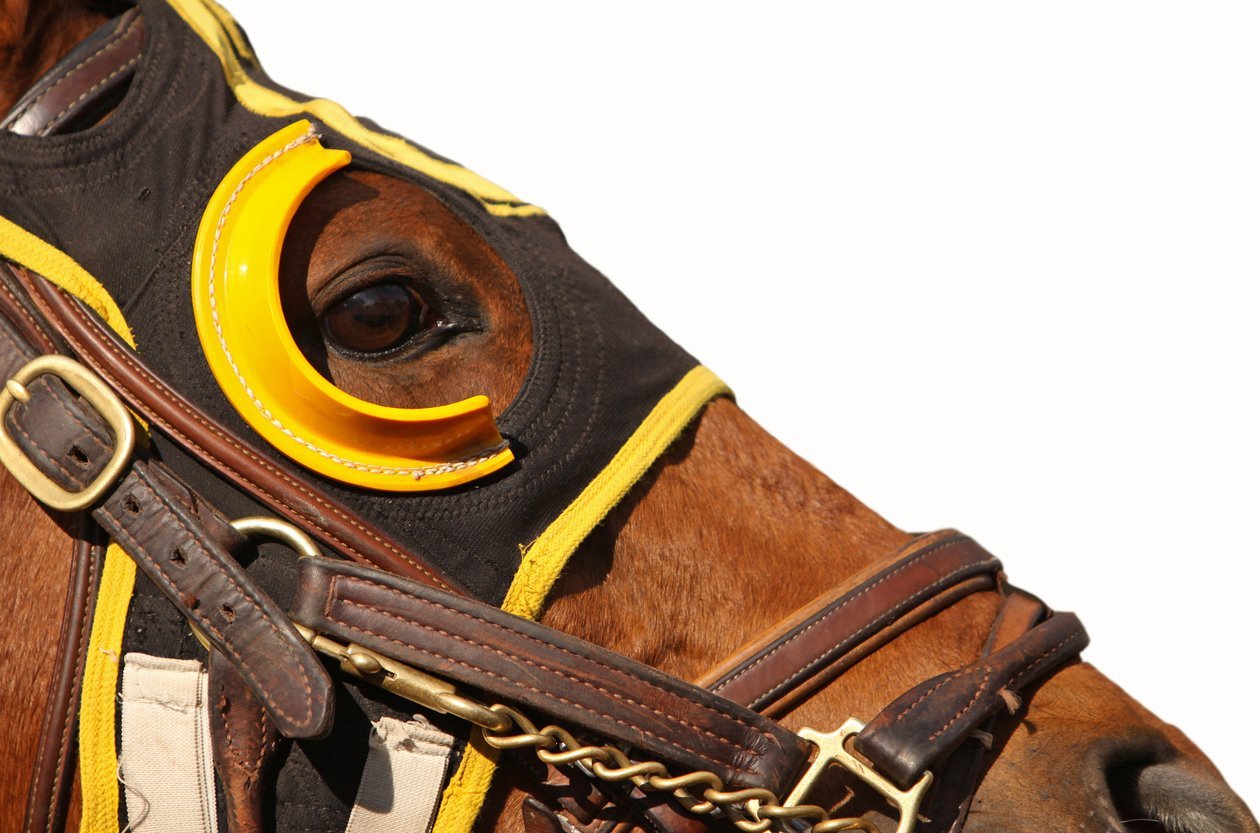
You’ve read the pre-race considerations and are ready to get started preparing for Quarter Horse racing. Well, don’t dally. Learn about how to prepare below.
1. Proper Equine Tools & Equipment
Every equestrian knows that there is a lot of equipment involved in riding, not to mention the maintenance that’s involved in its upkeep.
Before you can begin racing, you’ll need to get together all of your Quarter Horse racing equipment.
Some equipment needed for racing may include, but is not limited to:
- Bit, bridle, and reins
- Blinker hoods
- Crop or whip
- Harness
- Horseshoes
- Lead
- Reins
- Saddle
Keep in mind that this isn’t a comprehensive list… and it isn’t a cheap one, either. You need to plan for Quarter Horse racing well in advance of stepping on the track by establishing a viable budget. One way to try and cut costs is to buy second-hand items whenever possible.
And don’t forget: you’ll need equipment not only for your Quarter Horse but also for yourself or a jockey! This includes a helmet, as well as boots, gloves, and chaps to keep riders protected while racing your horse.
The last thing you want is to fall off a horse racing 50 mph without a helmet, right?
2. Quality Quarter Horse Supplements
We talked a bit about supplements before.
And we just can’t help ourselves… we’re going to talk about them again.
Supplements go a long way in upping your Quarter Horse racing game. When you’re working on finding a supplement, be sure the following four active ingredients are included in whichever supplement you choose:
- Glucosamine
- Chondroitin
- MSM
- Hyaluronic acid
That’s because these ingredients help maintain overall joint health (as well as tendon and ligament health!), which can reduce the likelihood your horse will face an injury setback.
Additionally, you should always be on the lookout for fillers: those innocent-looking substances that end up doing nothing to improve your horse’s health.
Because the last thing you want is to spend money on something that doesn’t even benefit your horse, especially when you’d rather splurge on some new riding boots.
We’re especially partial to TRI-ACTA H.A. when it comes to sport horses. That’s because this equine joint supplement comes with all those other active ingredients we listed and is filler-free.
And if you’re a domestic horse owner reading this post for kicks and giggles, check out our sister product, TRI-ACTA for Equine. It’s a great supplement that contains glucosamine, chondroitin, and MSM for proactive horse joint health.
3. Practice Good Horse Hygiene
Practicing good horse hygiene is fundamental to being successful at Quarter Horse racing.
And one of the primary ways to practise good hygiene is to keep your horse’s hooves clean and healthy.
This means that before you race your horse (or even just take him out for training!), you should pick his hooves and remove anything that might be lodged there. This helps prevent hoof injuries and infections.
Additionally, your farrier should attend to your horse’s hooves every six to eight weeks, depending on your horse’s unique needs. Your farrier will trim and reshoe your horse’s hooves as needed during these visits.
If you’re using a corrective shoe to prevent or treat an injury, your farrier may need to check in more regularly to make sure everything is working well.
And the sooner your horse gets used to having the farrier clean and shoe his hooves, the better. Horses that have their hooves handled often as foals do better with shoeing as they get to racing age.
In addition to maintaining proper shoeing, you should keep your horse’s mane and tail groomed every day. If you don’t keep your horse clean, his coat may become itchy and dry. The last thing you want is for him to be too uncomfortable to focus on racing to the finish line.
4. Proper Training
You’ll likely need to hire a trainer for your horse if you want to win at Quarter Horse racing.
But before you do that, you should know some of the basics yourself. First and foremost, you’ll want to get your horse used to being handled and tacked up from an early age.
That’s because he needs to get a feel for the weight of a saddle and a bit before you can start riding him.
Once he’s gotten accustomed to being tacked up, you can begin working on speed, endurance, and strength.
Each of these will be important, even for shorter races. After all, you don’t want your horse running out of steam after just a few steps!
As your horse becomes more experienced with riding, you can begin to introduce different forms of exercise, such as training him into a trot and canter, making turns, and so on.
And consistency is key! Try to develop a regular training schedule, and be sure your horse has mastered one skill before moving on to something more advanced.
This will help ensure that your horse doesn’t get injured by pushing him too fast, too soon.
5. Sufficient Rest Time
While it may sound counterintuitive, your horse won’t be at his best if he’s constantly in training.
That’s because hard work, such as Quarter Horse racing, actually breaks down the tissues of your horse’s muscles.
And it’s the process of repair that creates stronger muscles.
This means your horse can only get stronger if he has some time for his muscles to adapt to the exercise and repair themselves.
Another good reason for rest?
Overworking your horse can make him more likely to experience injuries due to the strain placed on his body.
But don’t worry. Rest days don’t need to be completely sedentary.
That can also be unhealthy for your horse, leading to things like tying up. So rather than doing nothing at all on rest days, you should aim to provide your horse with light exercises, such as going on an easy ride or letting him walk in the pasture.
Common Quarter Horse Racing Questions
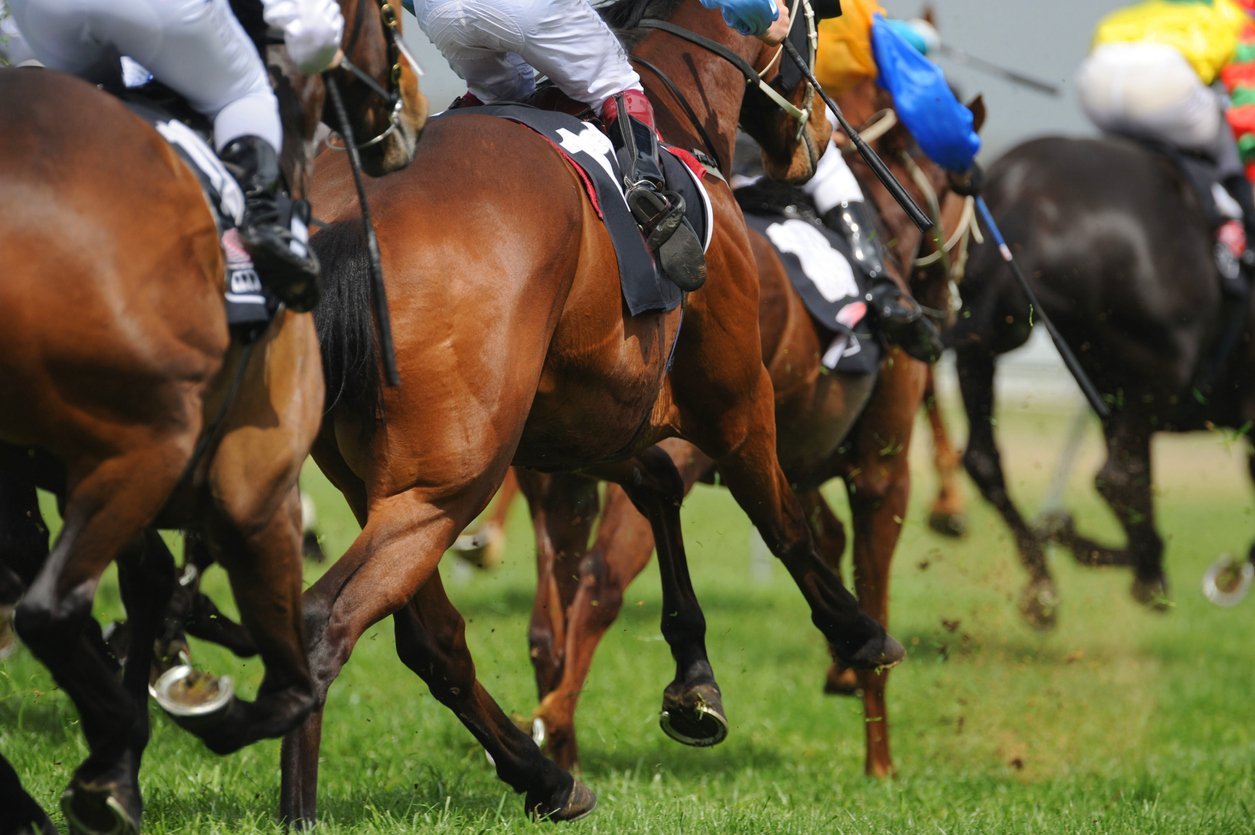
What distance do Quarter horses race?
There are three different race length types for Quarter Horse racing: short sprints, long springs, and long-distance races. Within these lengths, there is even further subdivision. For example, the long-distance races range from 770 to 1,000 yards.
For longer races, there may be up to one turn on the course. Otherwise, straightaway tracks are used.
Is a Quarter Horse faster than a thoroughbred?
Yes, according to a 2006 study, Quarter Horses are faster than Thoroughbreds, even when racing at similar distances. And just in case you’re wondering, both Quarter Horses and Thoroughbreds are faster than the Arabian breed, which are known more for their endurance than speed.
What two breeds make a Quarter Horse?
The Quarter Horse is actually descended from more than just two breeds. The genetic lineage of this horse is made up of the Spanish Barb (a Chickasaw horse), English Stock, Thoroughbred, and Mustang.
Final Conclusion on Quarter Horse Racing
American Quarter Horses are an intriguing breed, from their speed to their bloodline.
And there’s so much to remember when it comes to preparing for Quarter Horse racing, such as practicing good horse hygiene or providing plenty of time for rest.
But now you have all the information you need to be successful with training and racing your horse.
So don’t hesitate when it comes to obtaining your equine equipment or feeding your Quarter Horse a joint supplement, like TRI-ACTA H.A. for equine or TRI-ACTA for equine.
You’ll be off to the races in no time!
TRI-ACTA H.A. for Equine
Our maximum strength formula is perfect for horses that are ageing, experiencing arthritis and stiffness, are in training and competition, or under a heavy workload.
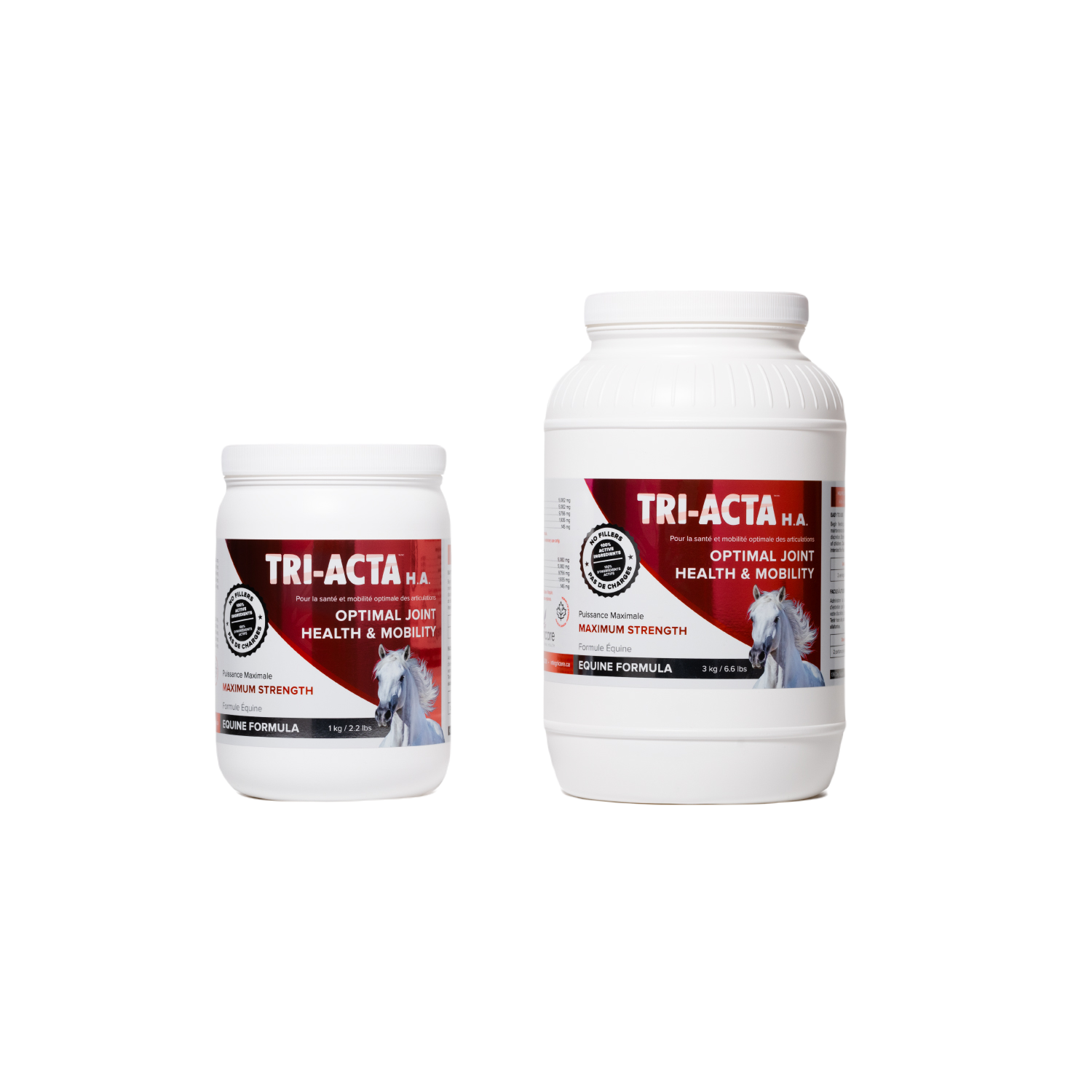
Newsletter Signup
Subscribe to our newsletter to receive the latest news and exclusive offers.
.jpg?height=2000&name=Cliick_Integricare-DISPLAY-REVISEDV2%20(1).jpg)
Proactive & Therapeutic Joint Supplements
When given daily, Integricare joint supplements recover bone and joint injuries faster and help prevent mobility injuries from happening in the first place.

